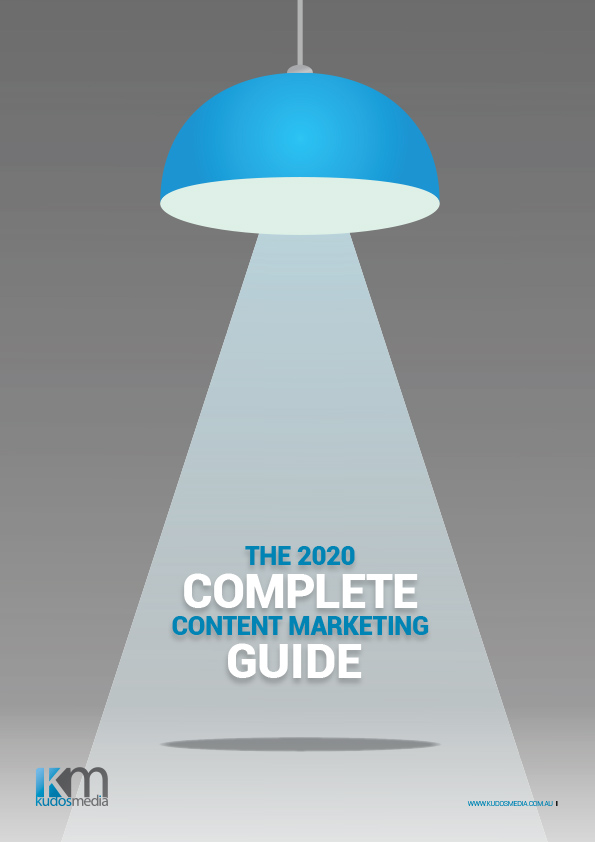Considerations When Choosing a Media Agency

What do social media, search engines, e-newsletters, blogs, apps, native ads and public relations all have in common.
They are all content distribution tools. They are methods of delivering a message. Without content these tools are simply an empty shell.
No one will engage with a social media page unless it contains inspiring content. No one will open a newsletter, read or share a blog post, or engage with an app, and no journalist will write an article unless you provide them with inspiration.
Given then that content is the centerpiece and these are the distribution tools, each tool is inextricably linked. PR occurs on social media, SEO involves PR and content drives it all. Yet that content must be tailored to the platform and its audience.
So brand communications inter-connect. Big revelation. Well you’d be surprised by how many companies have multiple media agencies managing different elements creating or feeding off your content marketing strategy.

If you have one agency for SEO and SEM, another agency for social media, use a separate video production company, have an in-house content writer and also have a PR agency, how on earth can you streamline content production and delivery? How will your messages be on point and aligned with the goals determined in your strategy?
The SEO agency will be probably be driving for low cost keyword-based content catering for search engine ranking page (SERP) increases without putting much focus on what your audience actually wants or how it will be discovered away from search engines.
The social agency will be pushing for short-form visual content that inspires and drives the conversions they are being measured on, often without thinking much about SEO or the long form pieces that feed that – or the metrics around those long-form pieces.
Your PR agency will (or should) be focused on delivering what journalists want while integrating subtle brand messaging. Good ones will also focus on some SEO link building, but they are unlikely to be considering SEO keywords and owned platform consumption metrics.
(Side note: if your PR agency is happily pumping out product/service/feature releases (aka advertisements) without challenging you to produce more audience driven content, you need a new PR agency).
Copywriters and video production companies usually don’t care much about distribution and consumption metrics, they’re just focused on making great content aligned to the brief – and even that is stretch for some.
While each of these are essential to the content marketing process – as are SEO-trained web designers, photographers, graphic designers and other stakeholders – the point is that multiple cooks will require increased internal project management to ensure each agency or freelancer is producing and managing communications in line with the overarching strategy.
ONE story, repurposed:
Given content is the foundation for all of these platforms, having one agency create one piece of content that is then repurposed for all the mediums and channels it is being published on is significantly more simple than briefing multiple agencies or creatives.
The process might start with a video script which is then repurposed by the same copywriter into an article tailored to a specific audience (and where that audience resides in their path to purchase), integrated with SEO keywords and quality links, before being uploaded with appropriate meta tags and other ranking signals.
The article can then be repurposed into a media release, the video cut down into 30 second snippets for social, visual content written and designed, before delivering ALL these assets to the media and other stakeholders (not just a media release) – be they stockists, suppliers, partners, influencers, bloggers, mainstream media or otherwise.
After monitoring organic post consumption on owned platforms, high-performing, high converting or strategically important content can be amplified using search engine marketing (SEM) or social media marketing (SMM) – depending on the message and intended audience.
Consumption and conversion results should then combine with engagement metrics to feed future content ideas and creation plans.
If all this is being managed by one project manager/editor at one agency the process is significantly more streamlined.
However if all these processes are managed independently of each other, you will require a very patient content marketing / communications manager and each agency will need to learn multiple processes, leading to double, triple or even quadruple handling.
Specialised knowledge and contacts in key distribution areas such as SEO, social and paid is still essential, but given that the content is the backbone it makes sense to choose an agency where content is the spearhead, rather than it being an add-on to their focus on a distribution platform.
For more insight into developing and managing your conent marketing strategy, download our free guide to content marketing.
DOWNLOAD our Complete Content Marketing Guide
The Complete Content Marketing Guide is a 30-page white paper detailing all aspects of developing, refining and implementing a content marketing and marketing automation strategy.

Content Marketing Strategy Development
Establishing Content Marketing Goals
Audience Analysis
Marketing Automation
Content Metrics and ROI
– Digital Content Distribution:
– Social Media
– SEO
– Video
– E-Newsletters
– Content Seeding and Amplification
Print Content Considerations
Legal considerations




